
Kirkham Classic's 427 ci Daytona Coupe
By Steve Temple
Photos by Ted7 and Courtesy of Tom Kirkham
Winston Churchill is famous for describing Russia’s actions as “a riddle, wrapped in a mystery, inside an enigma.” That could also apply to an unusual Cobra Daytona Coupe created by Shelby American, colorfully referred to as The Secret Weapon. Like so many of Shelby’s impressive achievements, there’s an intriguing backstory to the car, and now there’s a modern variant, as we’ll see. But let’s start at the beginning.
Never one to mince on power, Shelby wanted to replace the 289 Ford small-block (rated at 340 hp in race trim) with more cubes and enter it in the prototype class of the 1964 Le Mans race. What he had in mind was the massive 427 SOHC cammer NASCAR engine, but he couldn’t get his hands on one in time for Le Mans. So he initially went with an aluminum 390 ci big-block instead. Both engines would require modifications to the car, and chassis number CSX2286 was lengthened 3 inches, among other changes.
According to Shelby American, one of the development drivers for the big-block car was Bob Bondurant. He stated that the Cobra’s tremendous torque allowed him to burn rubber and get sideways in any gear, noting that it “went like stink.” He and other Shelby staffers speculated it could have easily exceeded 200 mph at Le Mans. Weighing about 2,200 pounds with the power of a big-block and world-class aerodynamics by the legendary Peter Brock, the car had tremendous performance potential.
But it was not to be, for reasons that are somewhat mysterious to this day, as noted at the outset. Reference works such as the SAAC Registry indicate that two other coupes, CSX2287 and CSX2299, took priority for Le Mans. So they went on ahead to the racetrack, and the long-wheelbase, 390-powered CSX2286 would be shipped a few days later.
Here’s where things get a bit muddy. According to both Shelby and the SAAC Registry, the truck carrying CSX2286 to Le Mans was involved in an accident that damaged the Shelby too extensively to be repaired in time for the race. It never ran a lap in anger with the big-block and was later returned to small-block configuration by Shelby American.
At least that’s the official story. Brock provides a different account. He points out that the car was never really finished, as it still didn’t have all the parts needed by June 1964. Contradicting Shelby’s version of events, it never made it on a truck headed for Le Mans. Rather, it was left incomplete at Carrozzeria Grand Sport, the shop in Modena, Italy, where most of the Shelby coupes were built.
As noted in an article published on Hagerty’s website (and also confirmed in my personal interview with Brock), “I think this story was invented by Shelby as an answer to why it never arrived in France for the race,” Brock says. “It couldn’t have, as it was never completed and never ran. Since some people knew of Shelby’s plan to embarrass Ferrari with a prototype Daytona Coupe at Le Mans and it never showed, he had the story released that it had been crashed on the way to France.” He estimates that the car was maybe 70% complete, as it was awaiting a long list of parts from Ford, including a clutch.
One of Shelby’s trusted fabricators, John Ohlsen, who installed the 390 ci Ford in CSX2286, confirmed this fact in the book Daytona Cobra Coupes by Brock, Dave Friedman and George Stauffer: “The motor was shipped to me without a clutch, flywheel or headers, and all sorts of other things were missing. I had to make the headers for that engine in Italy, and I had to ring California every night to try and have bits sent over so I could finish the car. These delays were why we never made it to Le Mans or Reims.”
Whatever the reason for the conspicuous absence of CSX2286, Shelby and his crew still prevailed with a small-block Coupe, winning the GT class over Enzo Ferrari’s GTOs.
Today, history repeats itself (albeit with a few minor revisions) in a continuation big-block Coupe now offered by Shelby Legendary Cars. Six cars are planned in all, just like the original run of Daytona Coupes. The man who initiated the project is Tom Kirkham, formerly of Kirkham Motorsports but now working on his own.
The inspiration for the project actually came from the Daytona Cobra Coupes book. “I had been wanting to build The Secret Weapon Coupe for quite some time,” Tom shares. Barry Smith, a noted collector of Shelbys, funded the project, with the body and chassis made in Poland by Lech Kowalski of Caro Cars — who formerly worked at a MiG jet factory.
The first car actually started out with a standard 289 chassis, just like CSX2286, and it was lengthened 3 inches right at the engine mounts. In addition, a 3-inch section was spliced into the engine cowl, right between the front wheel and side vents. Other construction challenges included fabricating a much larger exhaust for the 427, which required cutting down the footboxes and eliminating a portion of subframe tubing that interfered with the valve covers.
The two ensuing models, one of which is still under construction, came from Caro Cars already extended in length and with the body mounted on the frame. From there, Tom smoothes out the body to a mirror finish with Perfect Polish, a product also used on airplanes and Airstream trailers. On this portion of the build, Tom comments: “It takes forever,” he admits. “Lots of elbow grease.”
He also tweaks inner panels with various alterations, such as the wiring and location of the shifter — if a five-speed transmission is used instead of a four-speed.
Tom also installs a 550 hp, aluminum 427 FE engine from Carroll Shelby Engine Co., but neither the cammer nor the aluminum 390 are available. In addition, the Weber 48 IDA carburetors used are not the ultrarare Weber 58 mm units. So some slight changes have been made in reincarnating CSX2286. That’s understandable, though, and Tom admits that the hardest part of this project was doing the research to get the car accurate, and not every item is readily available. All told, each of the six Coupes will command some serious coin — nearly a half-million dollars.
Even so, the finished car is a work of art, a refined tribute to an enigmatic, yet utterly compelling car that “coulda, woulda, shoulda” raced at Le Mans.

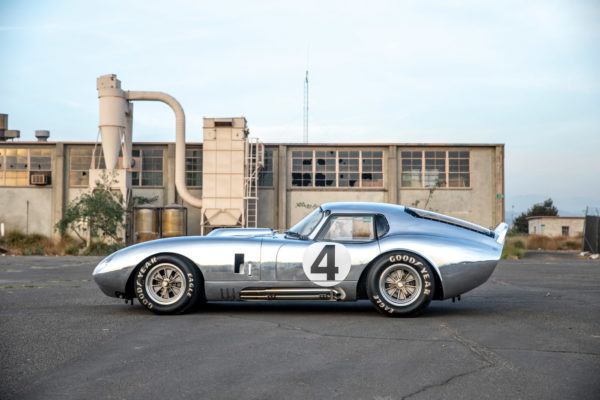
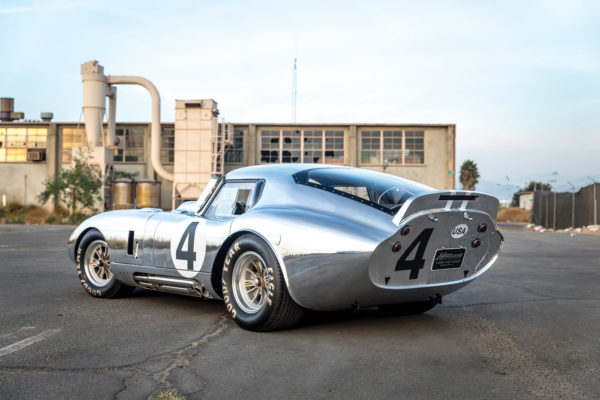
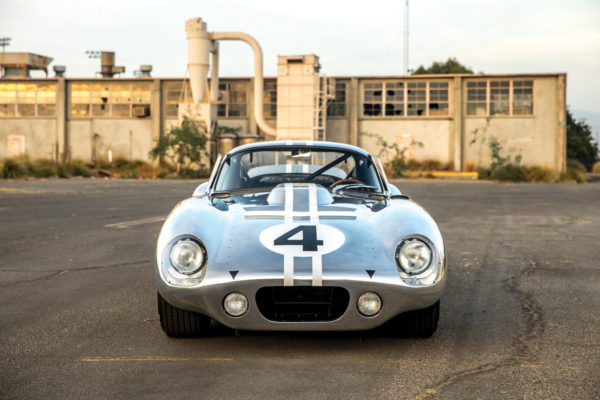
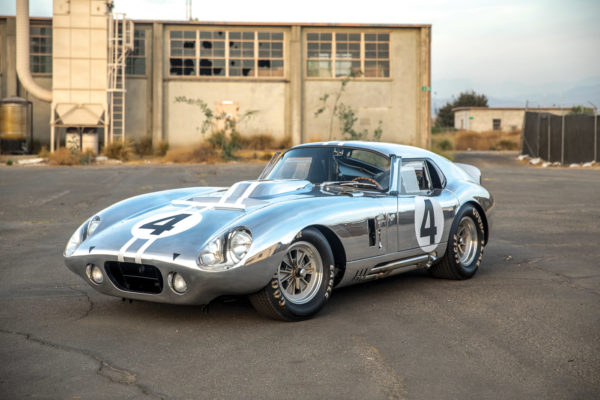
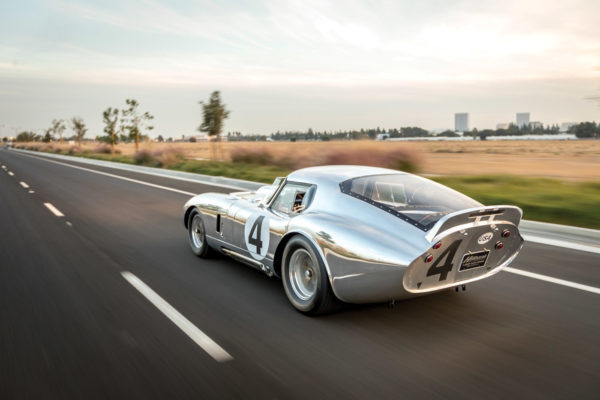
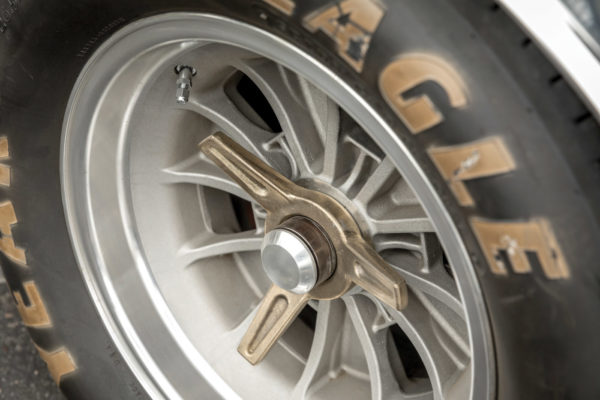
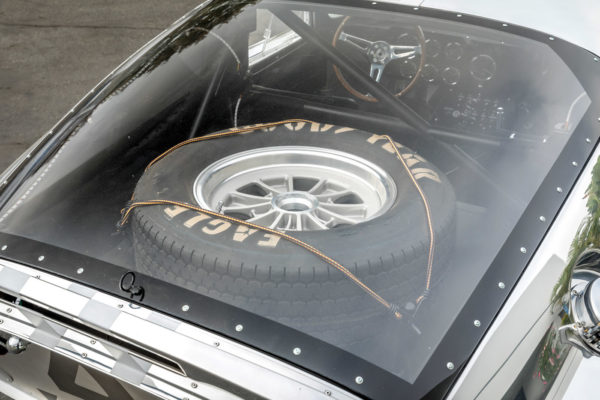
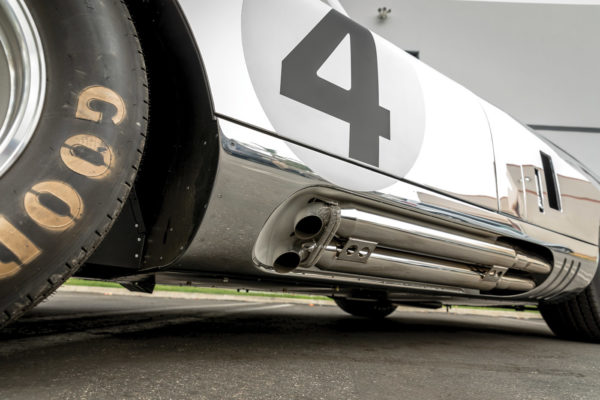
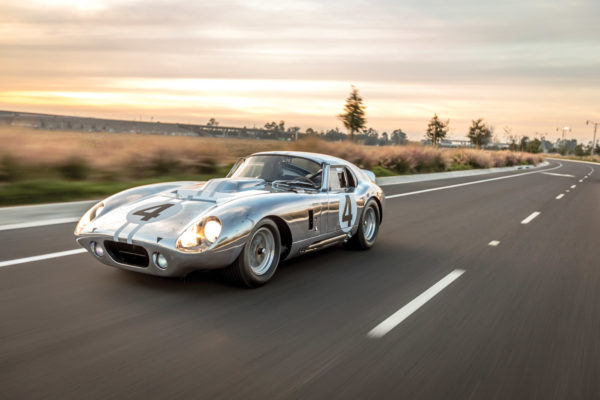
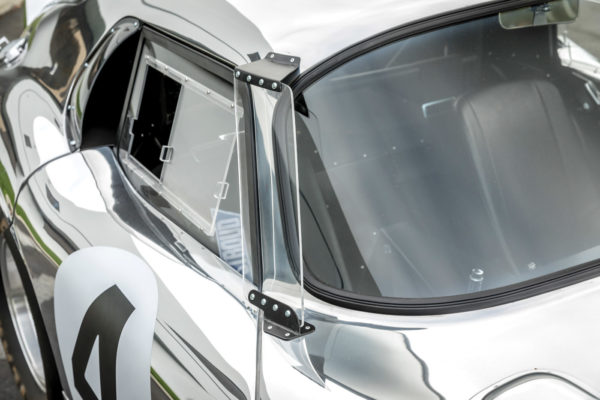
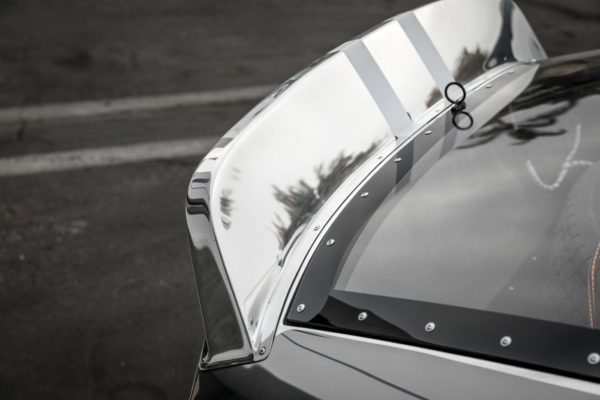
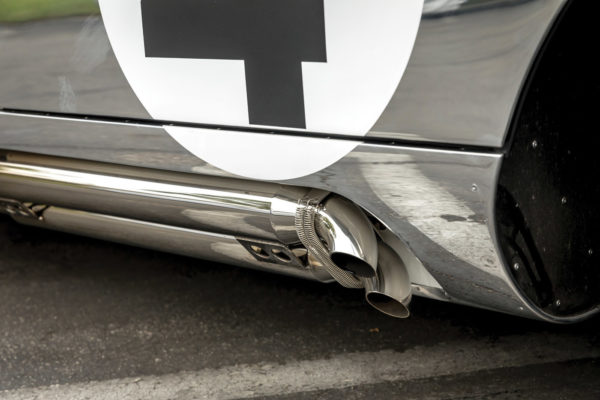
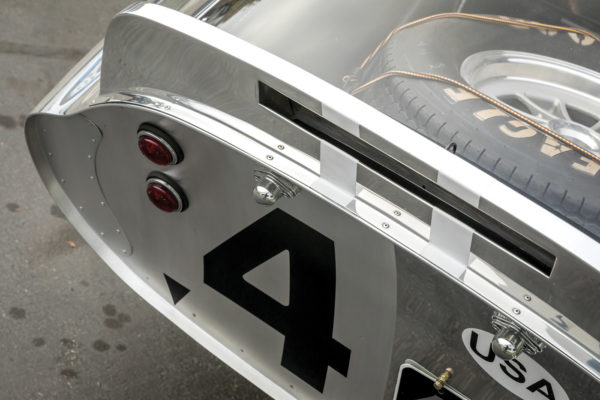
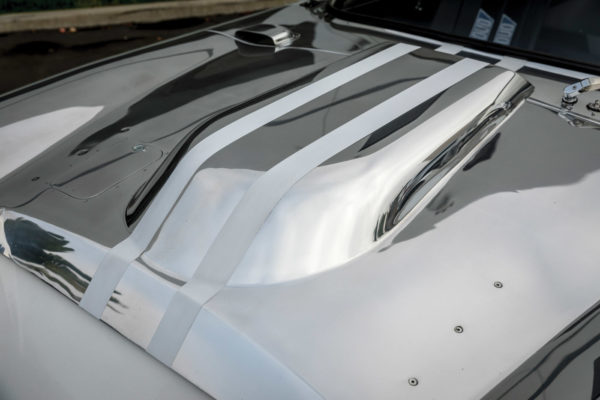
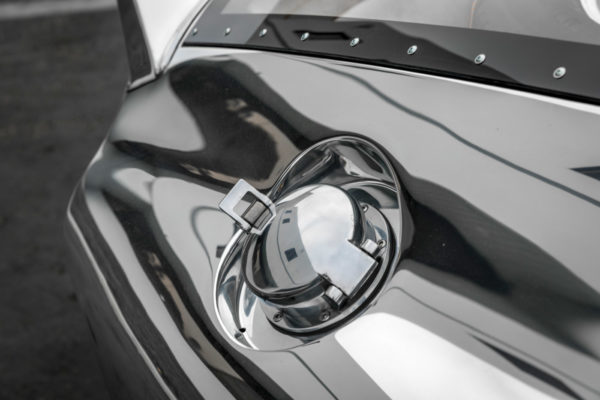
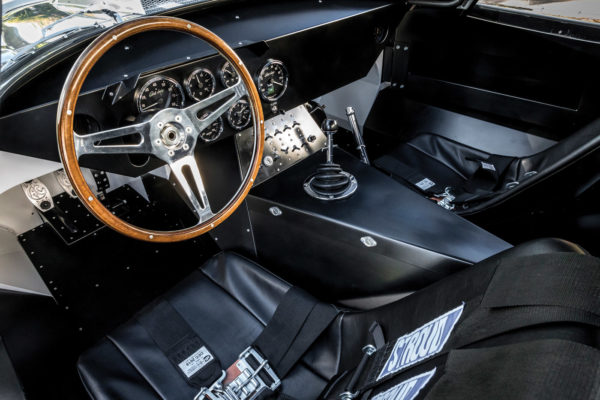
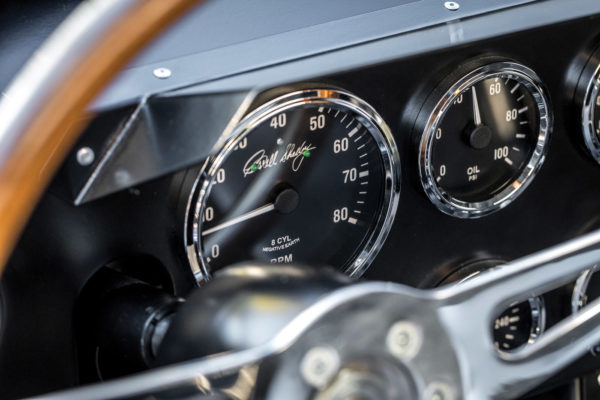
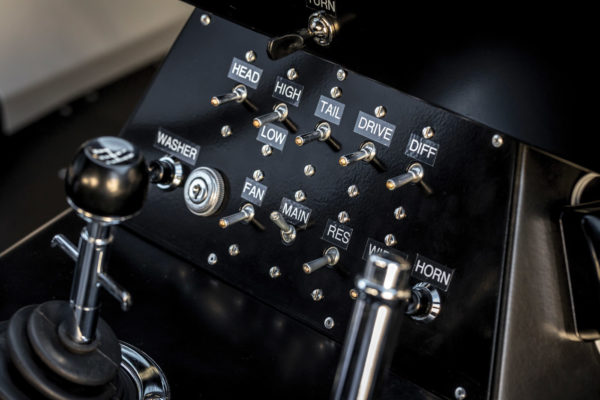
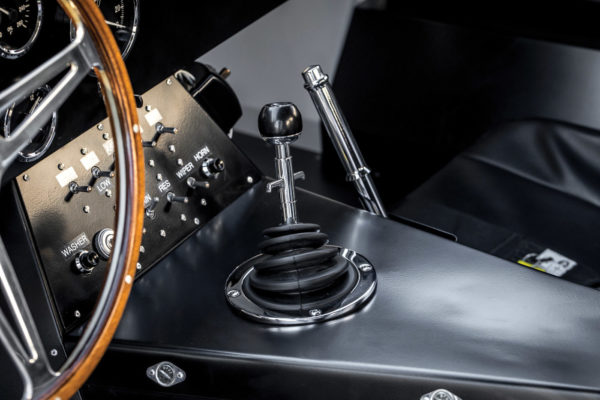
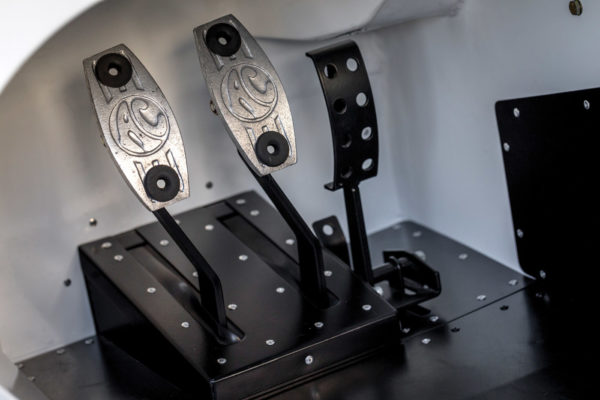
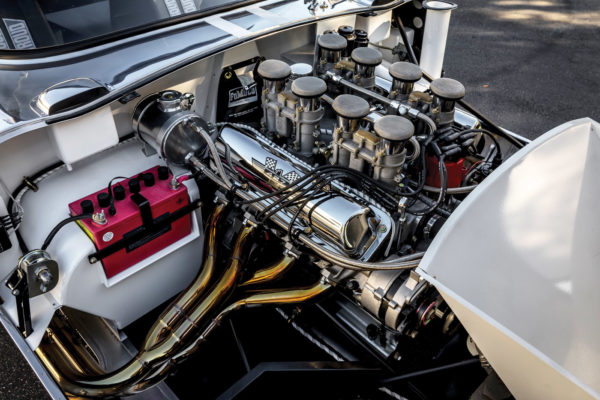
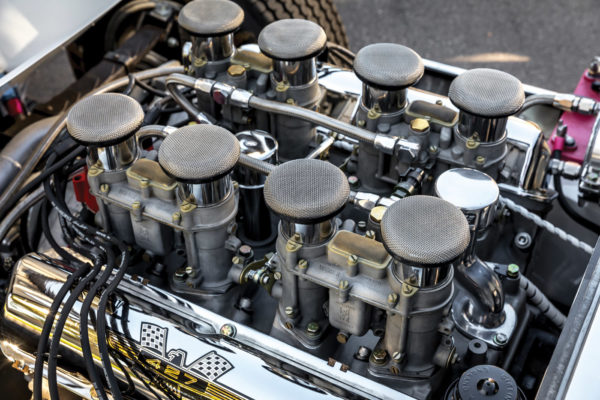
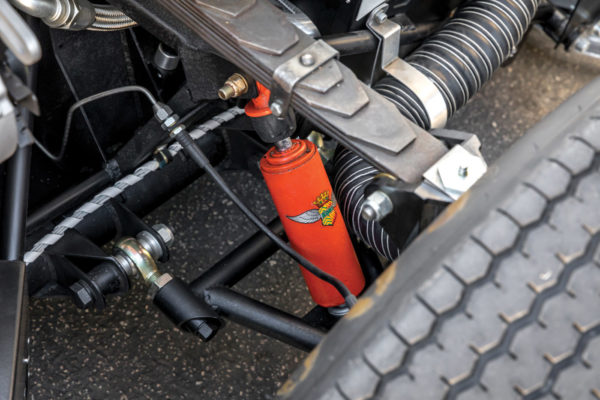
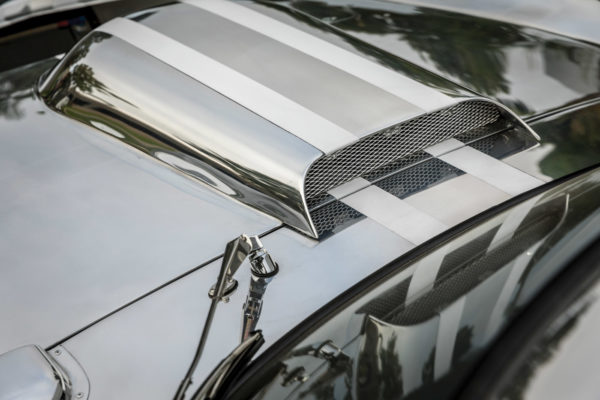
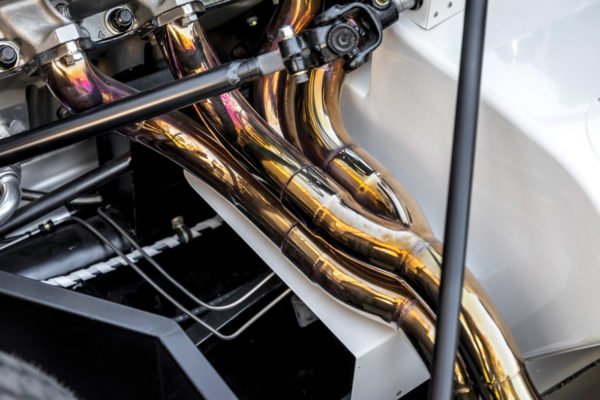
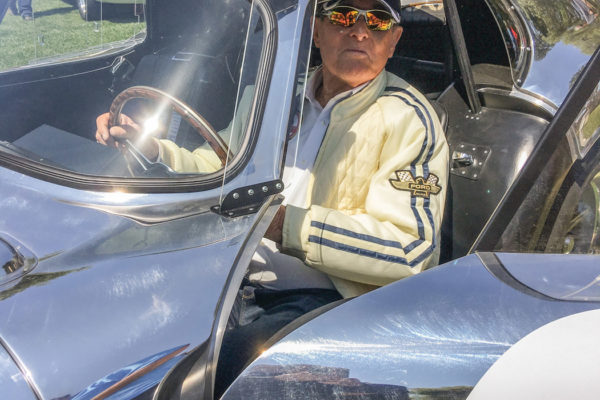
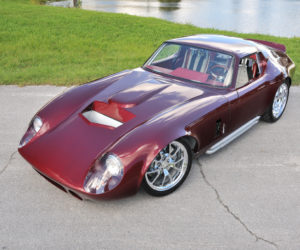
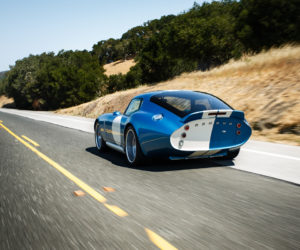
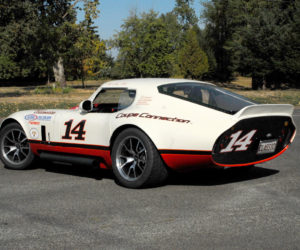
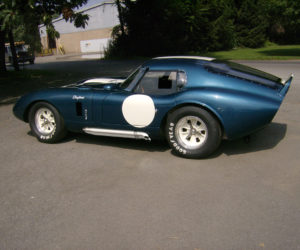
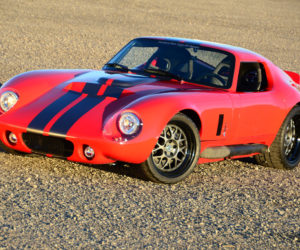
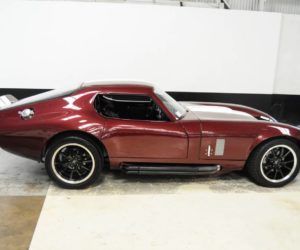




Comments for: Secret Weapon
comments powered by Disqus